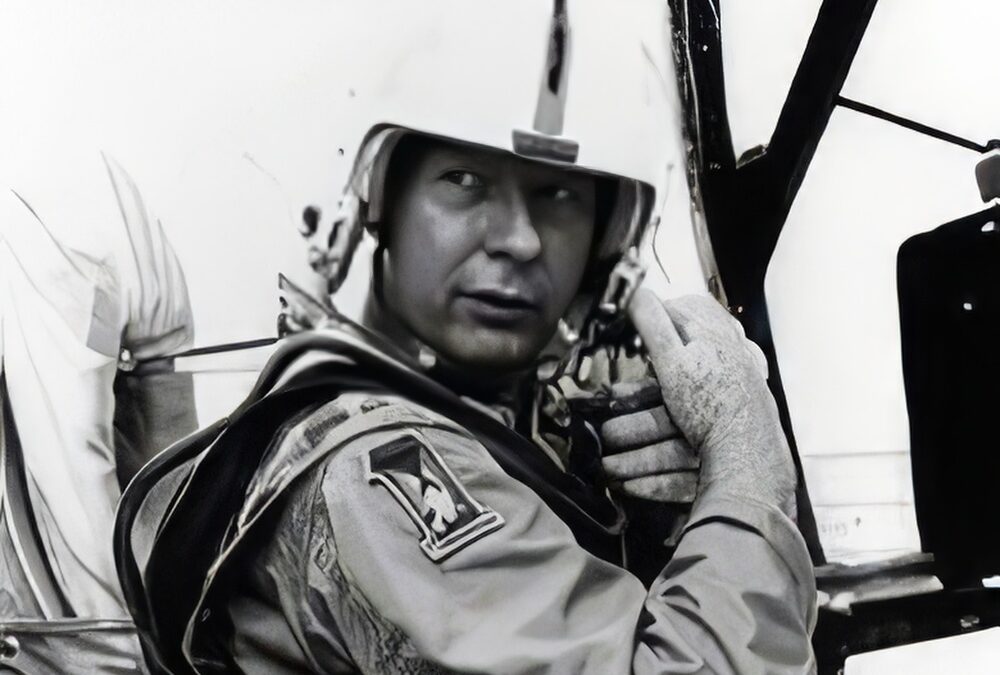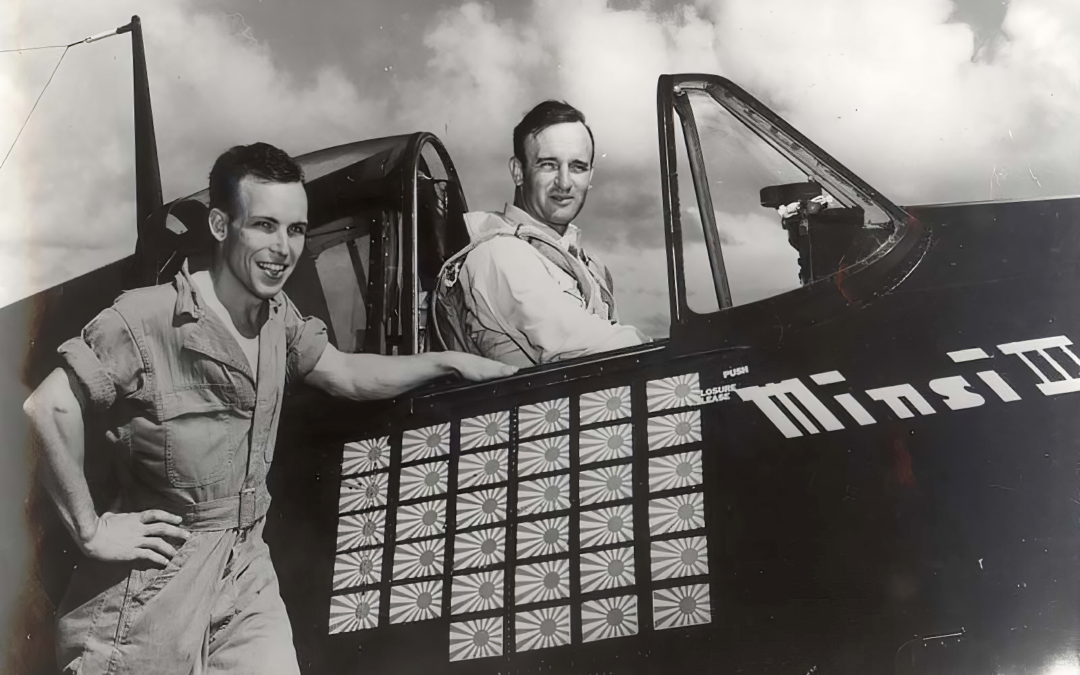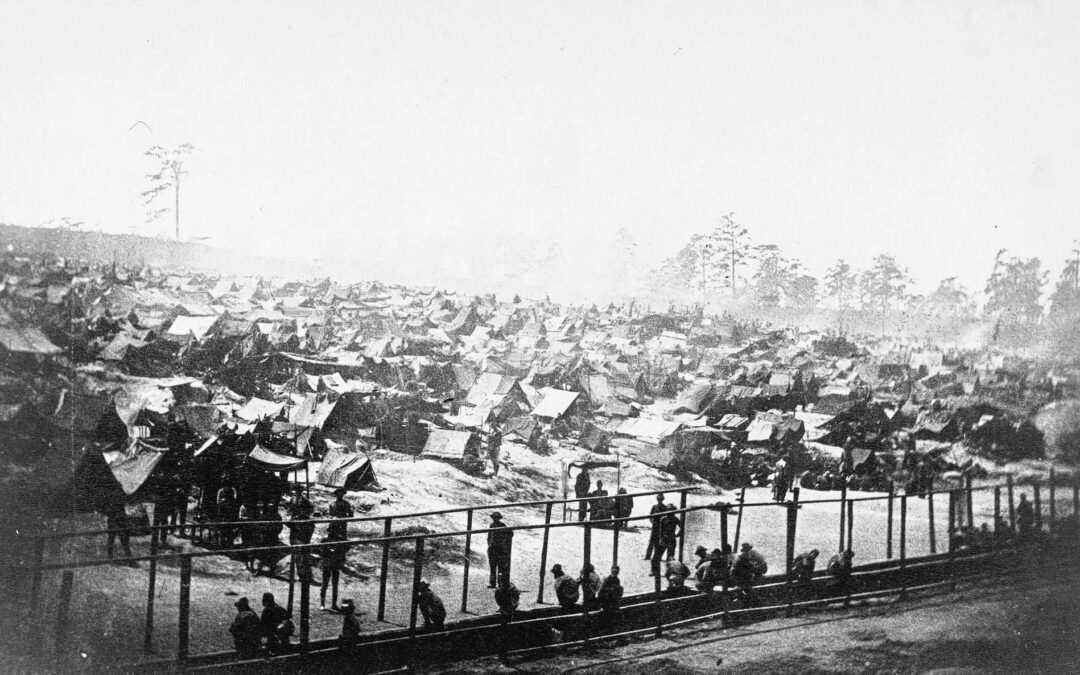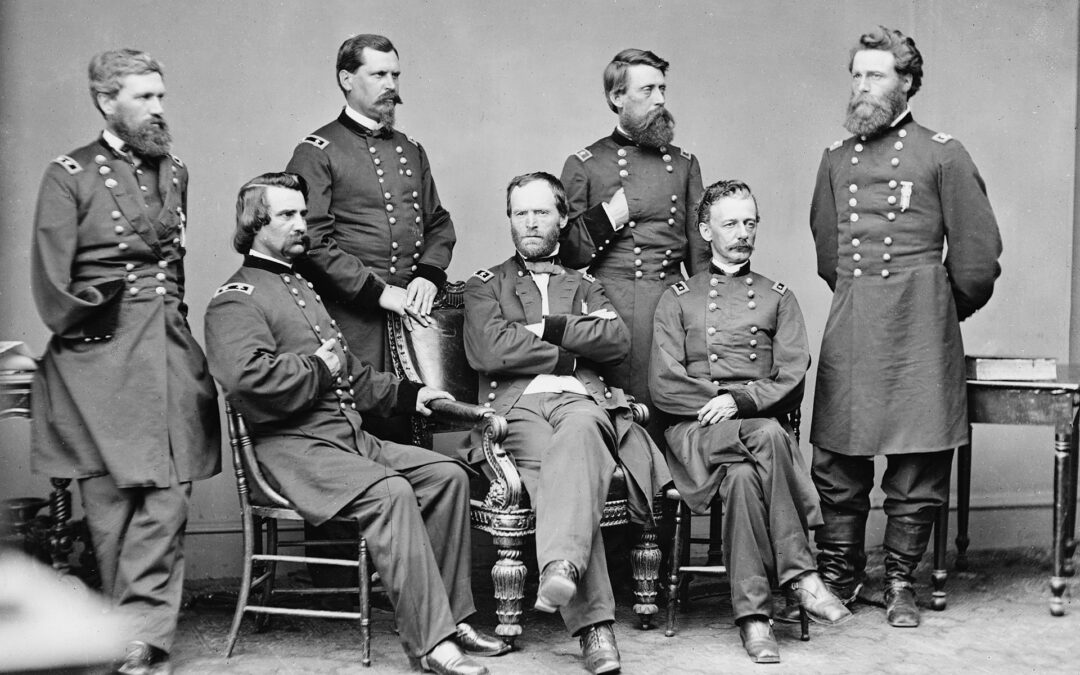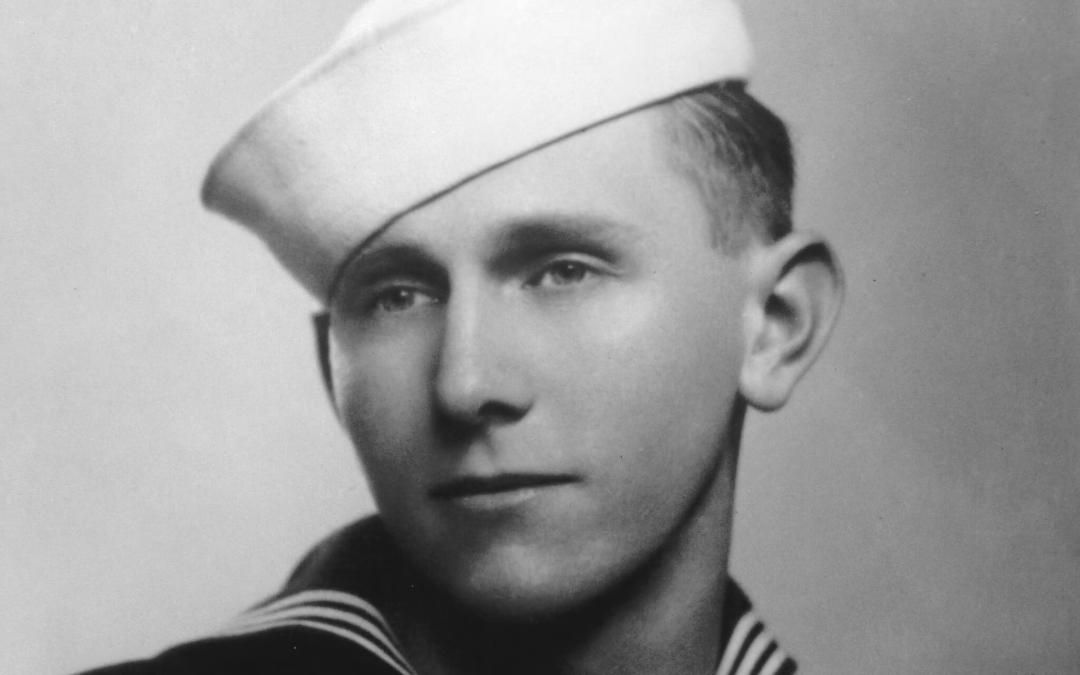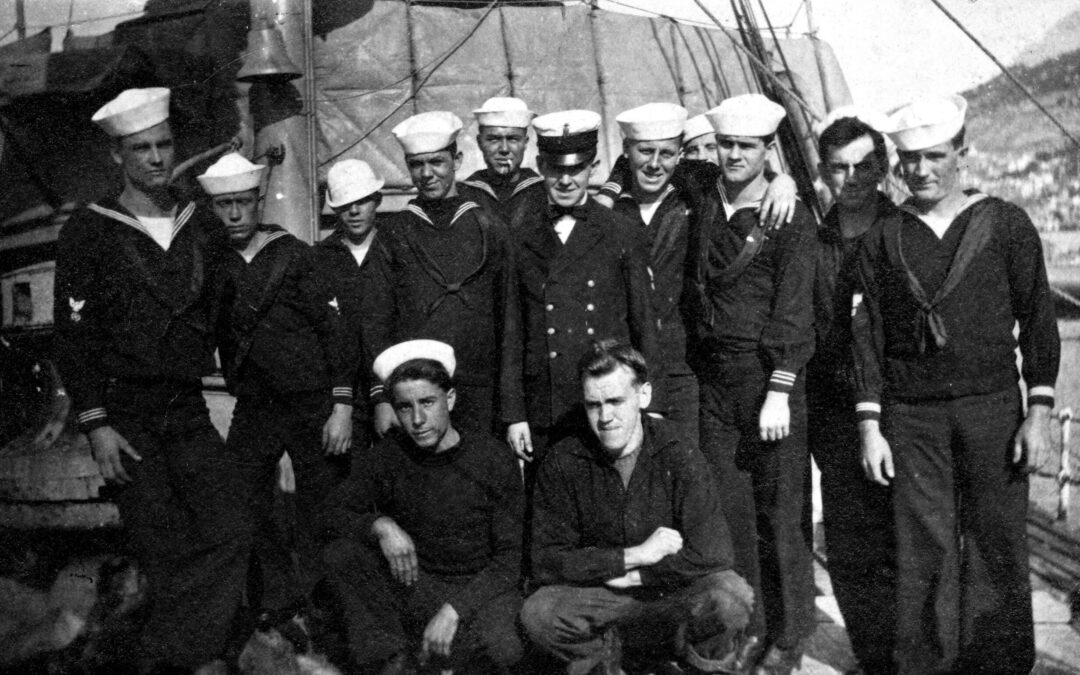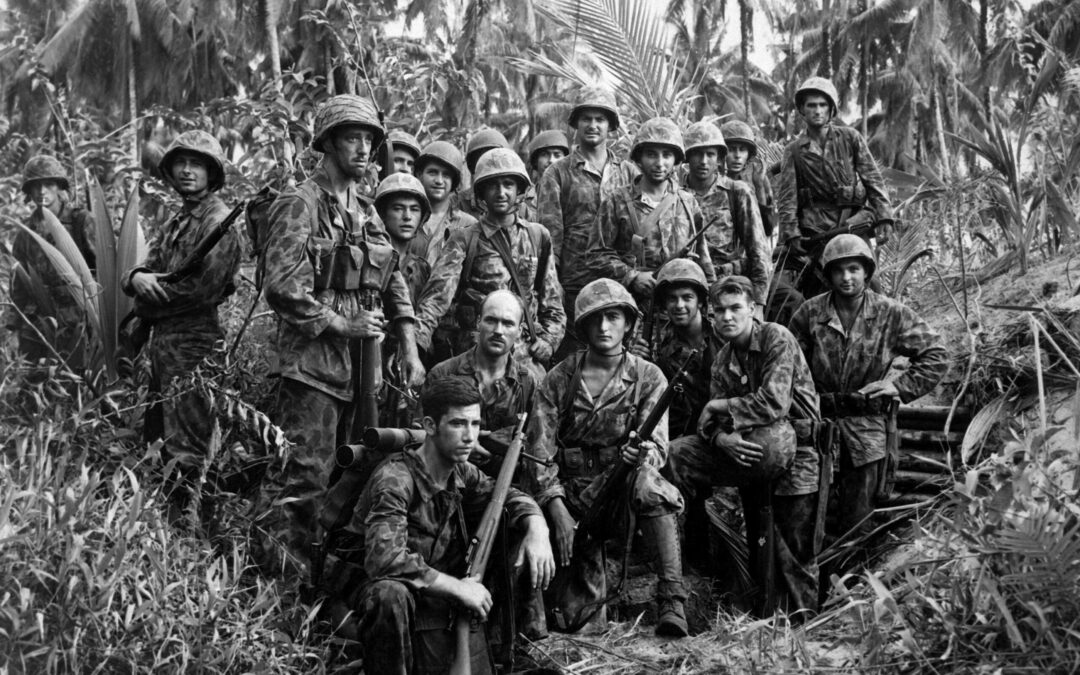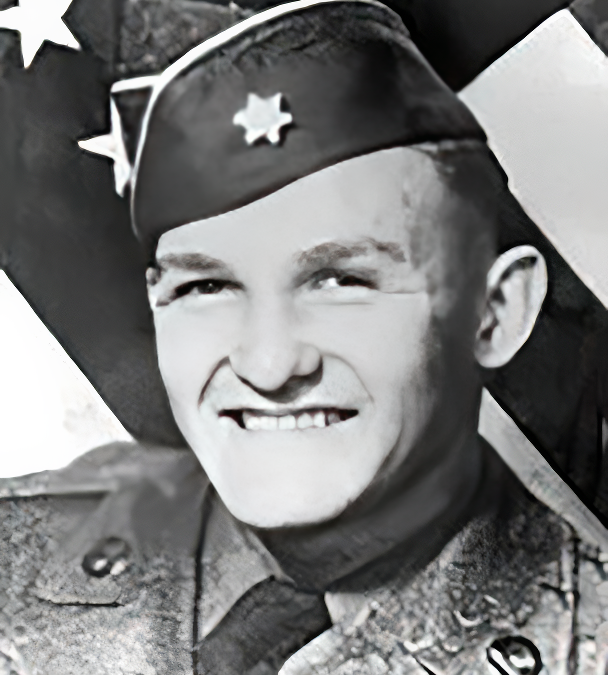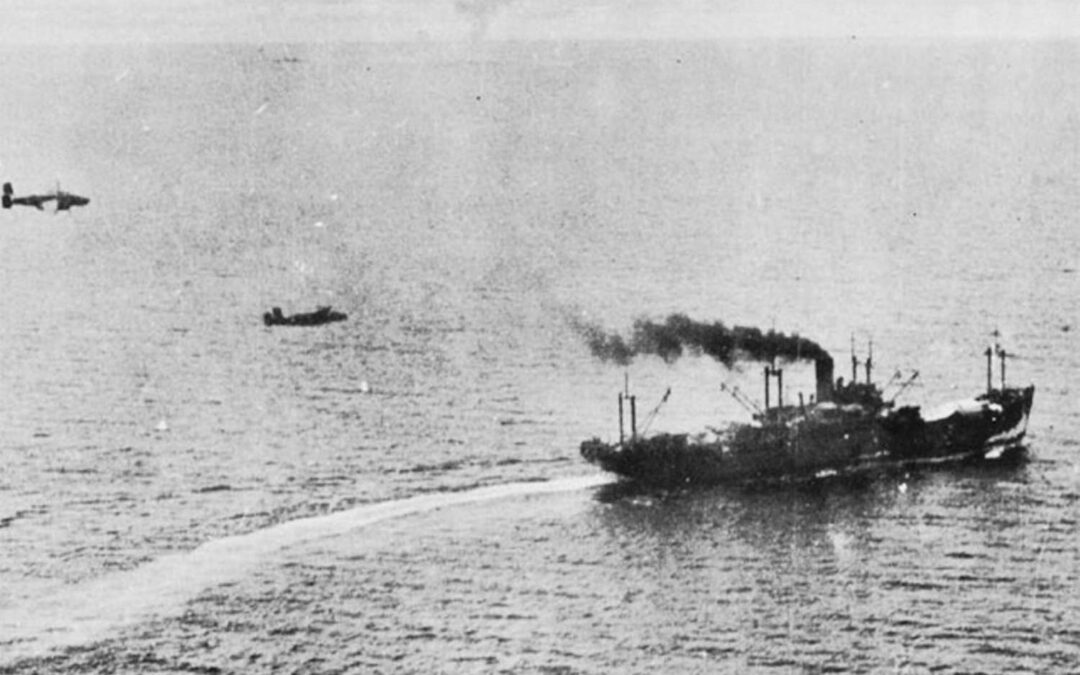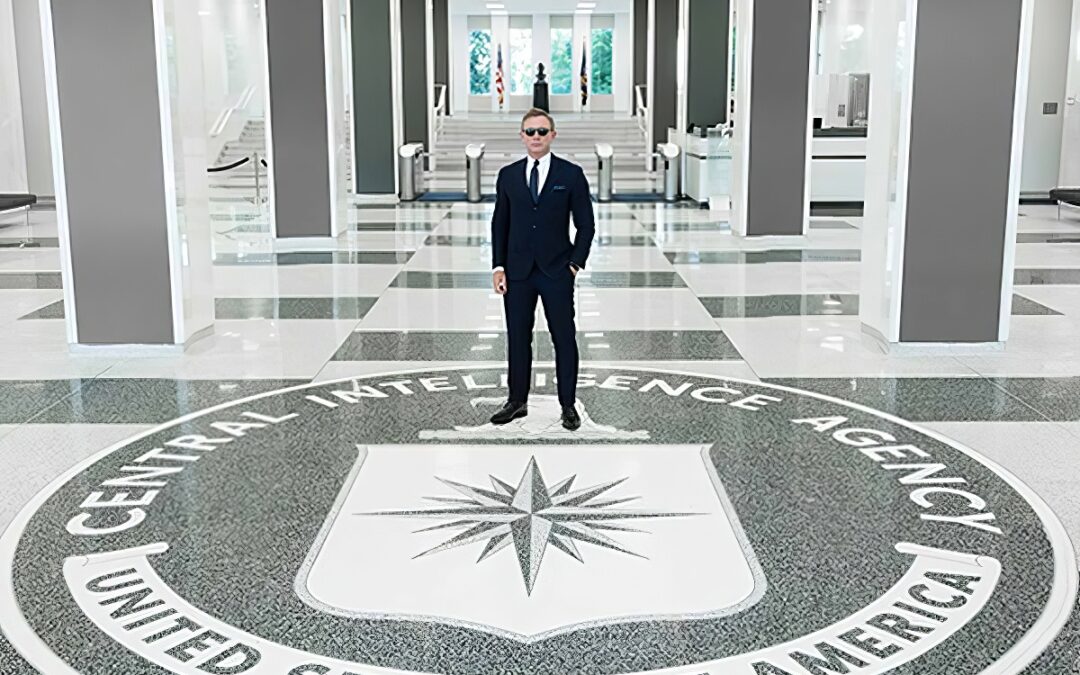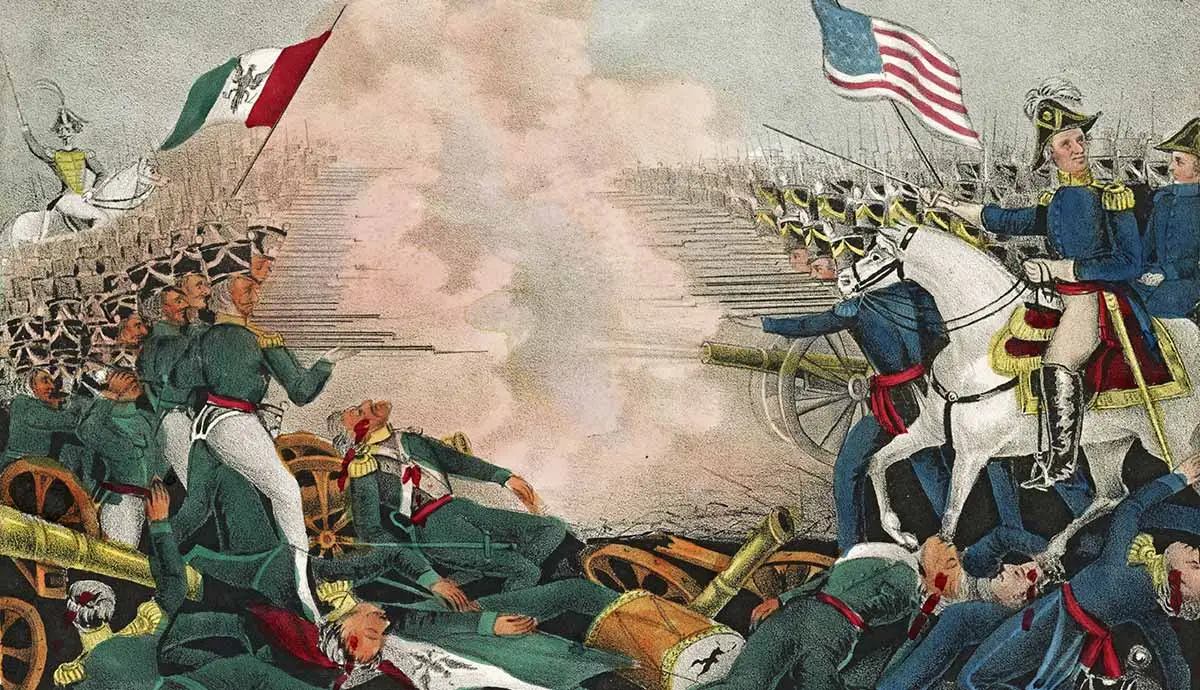It's hard to know where to begin telling Bernard Fisher's military story. No one could have predicted that a kid who joined the Navy at 18 to fight in World War II would eventually receive the Medal of Honor as an Air Force fighter pilot in Vietnam. No one would have guessed it would take the same man 57 years to receive his bachelor's degree. That's the extraordinary life of Col. Bernard F. Fisher. Charting the Course: Bernard Fisher's Unforeseen Military Odyssey A native of San Bernardino, California, Fisher joined the Navy in 1945 at the end of World War II. When his time in the Navy ended in 1947, he attended Boise State Junior College and then transferred to the University of Utah—but he didn't get to finish his degree. He joined the Idaho National Guard around the same time he began his higher education. In 1951, the same year he was supposed to graduate from college, he was commissioned in the United States Air Force. To be clear, Bernie Fisher had done the classwork, and he...
